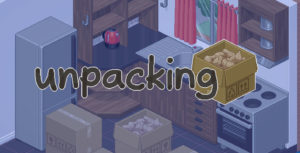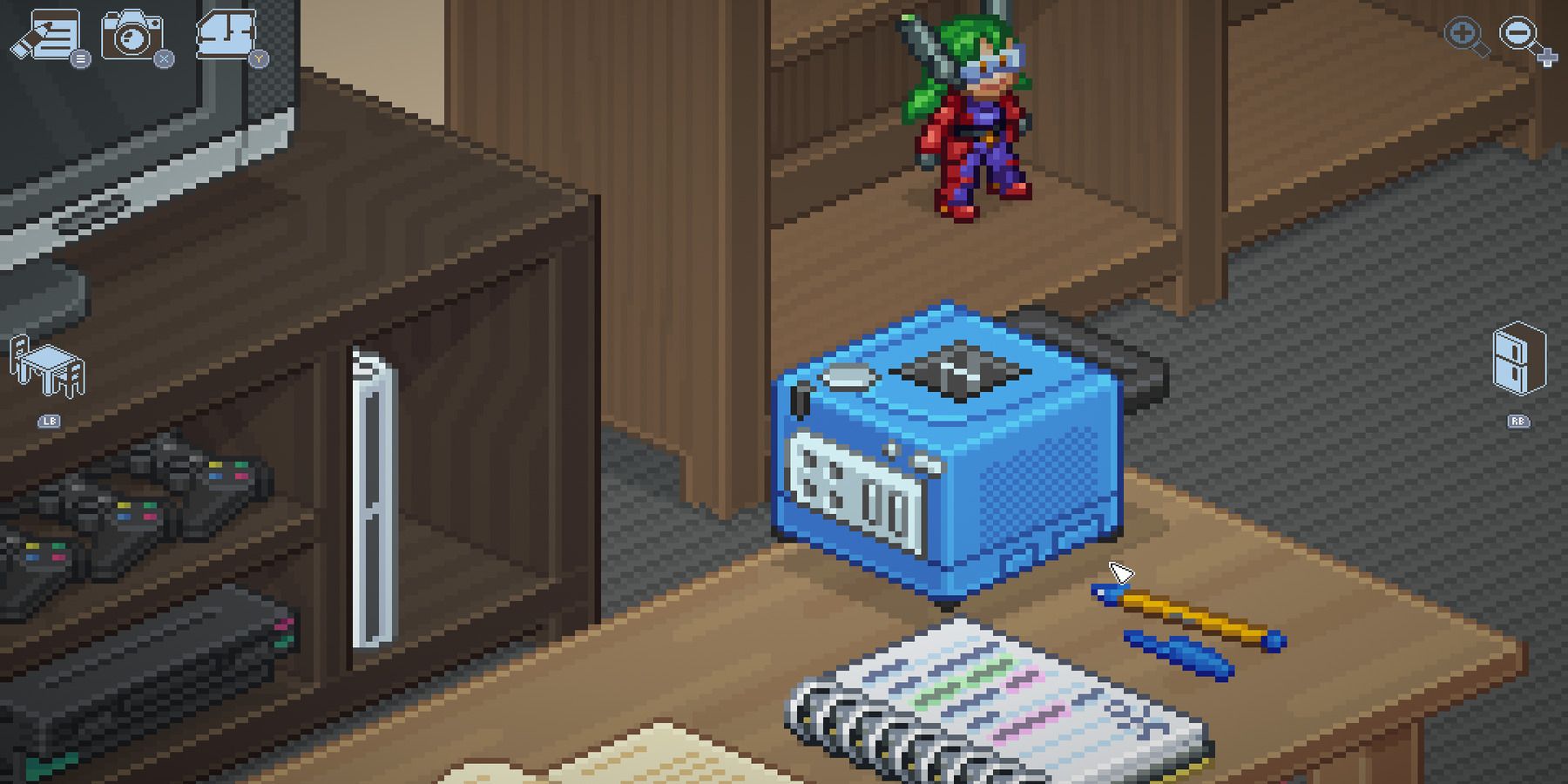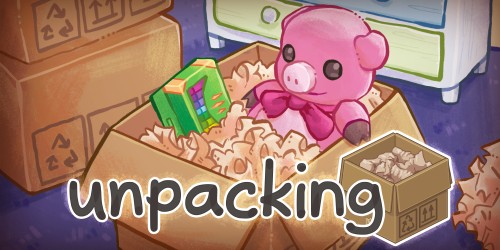
Their possessions tell you as much about who they are as the place they’re moving into.

This is perhaps the clearest window the player gets into the main character’s life-in-progress. The number of boxes changes home-to-home, as do their contents. The game follows its main character from their childhood all the way into adulthood. Before the main character can unpack, they have to find a place. Indeed, this environmental storytelling is the crutch on which Unpacking leans to get its narrative across. By the end of the game, you’re unloading an entire house and backtracking from room to room. Things start small, with only a single childhood room to unpack. Before you’ve even opened a single box, a cursory look around the new home tells the next part of the story. Each level is a new dwelling for the game’s protagonist to live in. “I thought we were making a niche game that would just appeal to people who liked organising stuff,” Dawson says, “but it actually seems to have a broader appeal.Upon filing every item away successfully, players will move to the next level. Witch Beam joins a wave of small Australian teams punching above their weight on the international stage, alongside breakout studios like Team Cherry ( Hollow Knight) and House House ( Untitled Goose Game), as well as more modest entrants including Beethovan and Dinosaur ( The Artful Escape) and Modern Storytellers ( The Forgotten City).Īnd with Unpacking they’re hoping for an international market, for a game that deals with a universally meditative experience. “Some people will recognise the boards on the walls, they might recognise the gum trees outside … There’s something cool about a well-realised world.” “The first level, the kid’s room, it’s set in a Queenslander,” Dawson says. The game is set in Brisbane – which most people won’t pick up on. They have a kind of built-in dish rack cupboard above the sink, so they don’t need a separate rack.”Ĭertain items – like a treasured soft toy – stay with your character as you move through the world.īuilding the game, they were conscious of representation across cultures (“We had a strong reaction to the dreidel,” Brier says), genders (“the tampons and stuff … dudes are kind of bewildered, but women are like, ‘I’ve never seen that in a game before!’”), and even geography. “And I think it was a Latvian player, she didn’t know what the dish rack was. “Quite a few Asian-American players asked us if they could store stuff in the oven,” says Brier. It also led to the discovery of some unexpected cultural differences. “So it’s really easy to backseat drive, and you learn a lot about someone when you watch them unpack.”
UNPACKING SWITCH GAME HOW TO
“It turns out that people love to watch other people play Unpacking because it’s something that everyone knows how to do.

“I remember one friend, she took out this juicer, and she was like ‘I never use these’, and she shoved it as far back as she could behind a bunch of other items,” laughs Brier.


Much of the game’s charm lies in its capacity for self-expression, something the team discovered in prototyping. Set to the extremely chilled-out backdrop of guitars and synths, a very personal form of order gradually emerges from the chaotic piles of boxes and knick-knacks. nIOcgeRMrP- Patrick Lum November 1, 2021


 0 kommentar(er)
0 kommentar(er)
